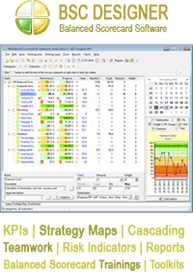“What if…” simulation
The ‘what if…’ simulation is also known as sensitive analysis (SA) or uncertainty analysis (UA). The ‘what if…’ simulation is a technique of changing the parameters in a model or a situation to determine the exact effects of these changes. In other words, sensitive analysis is the study of variations or uncertainties in the outputs of any mathematical model and how these variations or uncertainties could be apportioned either quantitatively or qualitatively to each source of variation in the inputs of the model. The ‘what if…’ simulation investigates the correctness of a study that includes some type of mathematical modeling.
In social sciences, natural sciences, and economics, mathematical models are used to solve issues or problems, when such problems do not lend themselves normally to a straightforward or clear understanding of the relationship between the input factors that go into the model and the output variables. This ‘what if…’ simulation is necessary to understand how the mathematical models behave in response to input changes, so that the models are correctively used. It is obvious that inputs are subject to various sources of uncertainties such as measurement errors, lack of proper information, partial or poor understanding of the driving mechanisms and forces. These uncertainties impose a limit to our confidence about the output of the model. The sensitive analysis solves these issues.
Review of this method in Business Analysis Toolkit
The detailed review of this business analysis method is a part of Business Analysis Toolkit. In this review you will learn:
- What problems are solved by this method and how?
- How to use the method step-by-step
- Pros and cons for this method
- Best practices for the method
- Practices to avoid
- Summary about the method


